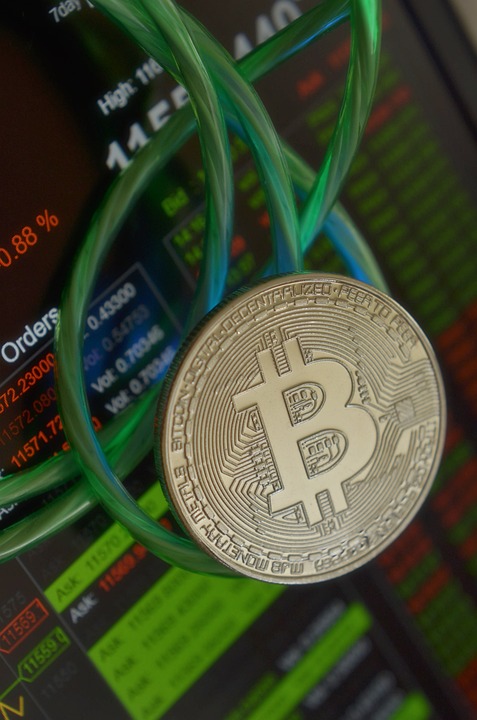Spotting Market Manipulation: The Role of Volume in Detecting Deceptive Trends
In the ever-evolving landscape of financial markets, the integrity of trading activity plays a crucial role in maintaining investor confidence. However, market manipulation is an unfortunate reality that can distort price movements and mislead traders. Understanding how to spot such manipulation is essential for safeguarding investments, and one of the most effective tools in this regard is trading volume. In this article, we will explore how volume can signal deceptive trends and help investors detect potential market manipulation.
Understanding Market Manipulation
Market manipulation refers to practices that distort price or volume trends with the goal of misleading investors. This can take various forms, including pump-and-dump schemes, spoofing, and wash trading. In these scenarios, individuals or groups attempt to create a false sense of market activity to influence prices, often resulting in significant losses for unsuspecting investors.
The Importance of Volume in Trading
Volume, the number of shares or contracts traded within a specified period, serves as a powerful indicator of market interest and conviction. High volume often suggests strong investor interest in a particular asset, while low volume might indicate the opposite. When evaluating trading trends, volume can provide valuable context that may help decipher whether price movements are genuine or the result of manipulation.
Spotting Deceptive Trends Using Volume
-
Volume Spikes: A sudden increase in volume can be a red flag. If a stock or asset experiences a rapid spike in volume without a corresponding increase in market interest or relevant news, it could indicate manipulative activity. Traders should investigate the context of the volume surge, looking for underlying reasons or whether it appears to be inconsistent with the longer-term volume trends.
-
Divergence between Price and Volume: A significant price movement accompanied by low volume may suggest that the trend is not supported by genuine interest. For example, if a stock price increases sharply but the volume remains low, this could indicate that the price movement is driven by manipulation rather than real buying pressure.
-
Unusual Volume Patterns: Consistently high volume on sell-side trades without a corresponding price drop might indicate that manipulative actors are offloading their positions to unsuspecting buyers. Conversely, if excessive buying occurs without any price increase, it may signal an effort to artificially inflate the price.
-
Volume in Relation to News Events: Reaction to news is often reflected in trading volume. If a significant piece of news is released but the volume does not rise in line with expectations, it could indicate that the price movements are contrived rather than genuinely influenced by external factors. Monitoring news cycles alongside volume patterns can provide critical insights into market sentiment.
- Volume Oscillators and Indicators: Traders can utilize technical analysis tools, such as the Balance of Powers (BOP) or On-Balance Volume (OBV), to analyze volume trends in relation to price movements. These indicators can help determine whether buying or selling pressure is dominating and highlight potential signs of manipulation.
Staying Vigilant Against Market Manipulation
Investors must remain vigilant when interpreting volume data. While volume is a valuable signal, it is not infallible. Combining volume analysis with other technical indicators, news analysis, and broader market sentiment can provide a more holistic view. Additionally, employing sound risk management strategies, such as setting stop-losses and diversifying investments, can mitigate the potential impact of market manipulation.
Conclusion
Market manipulation poses a significant risk to investors and market integrity. By understanding the role of volume in detecting deceptive trends, traders can better equip themselves to identify warning signs before making investment decisions. Spotting unusual volume patterns and analyzing price movements in conjunction with volume data enhance market awareness and ultimately foster a more informed trading environment. In an age where transparency and trust are paramount, staying informed is the best defense against the pitfalls of market manipulation.





